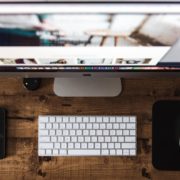I have to say that when I hear the words asked “what digital camera should I buy?
” I do feel have to take a deep breath and count to ten. It’s not that I don’t want to offer advice, it’s just that I don’t want to launch into a prepared speech that will probably bamboozle and frighten the enquirer, and reveal all my own deep-set prejudices, biases and preferences. It’s akin to someone asking me “What car should I get?”
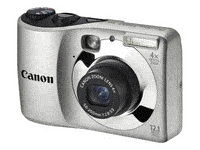
The question top both these questions will begin with.. “well it depends….” And it does. It depends on things like what your budget is, how often you plan to use the digital camera, where you are planning to use it, what are you going to use the digital camera for (what types of photography), and, perhaps some way behind… what your favourite colour is. I joke not- many people, and not just ladies, see a digital camera as a style statement or even fashion accessory, and if only comes in black or silver, then they may not be interested.

Depending on how old the person is, the first question they may ask is why do I need a digital camera, as opposed to a non-digital camera. If you’re as old as me you will remember camera that used film- usually 12, 24 or 36 exposures, that you then had to go and get processed (or you could send them off) to obtain prints (hard prints) of the pictures you took. Later you could get them put on a CD-ROM and look at them on your PC, and now we have almost nothing but digital cameras that do not need film or processing: The image is captured digitally on a chip, hard drive, memory stick, whatever you want to call it- something with no moving parts and that can instantly show you the picture you have just taken.
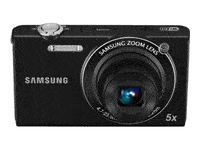
So, why digital? First and foremost there’s not much else these days! But if you want to know more, then digital because you can instantly see the shot you have taken (and delete it if no good), you can store a lot of information (i.e. pictures) in the camera (or on little scan discs or memory sticks). Finally the other two things you can do with digital pictures as produced by your digital camera is adjust them on your PC/lap-top (e.g. using commercial software such as Photoshop) and send them electronically to your friends, or upload them onto social media networks such as Twitter and Facebook. All incredibly useful and convenient compared to what you had to do to share photos in pre-digital times!
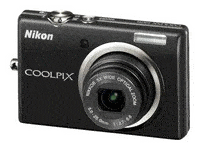
For someone new to photography, or who wants to use the camera only occasionally, or for a very limited non-specialist purpose, then a point and shoot camera will probably fit the bill. The advantages is that they are easy-to-use, at the lower end of the price range, and quick to master. The disadvantages are that they have limited functions and may well not grow with the photographer as he or she seeks to explore more ambitious photography. I would suggest that unless you’ve had as camera before, you avoid a point and shoot with lots of extra bells and whistles. Probably better to get a robust no-nonsense digital camera that does all the basic stuff very well, rather than one that sacrifices some of that for gimmicks such as a huge zoom that you are unlikely to use, or interchangeable lenses that you probably won’t be into until you are more advanced (and want a more sophisticated digital camera).
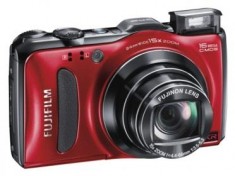
I mentioned looks and feel earlier on. There’s also weight and portability. Is this a camera you want to slip into your top pocket or mini clutch bug? One thing you cannot do online is to feel how the camera nestles in your palm. Check the dimensions and weight on the spec and that will give you some comparisons between cameras.
Digital images are made up of a grid of dots which each contain the information for that part of the picture. These dots are pixels. The more pixels, the sharper the image. A megapixel is one million pixels. But above all beware of megapixel madness. The high-end pixel counts will be pointless unless you plan to blow up and print your pictures to poster size.
Casio Exilim Zoom EX Z3
Get a modest zoom to allow some composing of the picture without having to physically move backwards and forwards. But don’t go over the top and watch out for ‘digital zooms’ as they only crop the picture and blow up the remainder- the quality suffers. Optical zooms are better when photographing a fashion accessory.
Finally, see what other features each camera you are considering has. Are you likely to use them? If not, why spend more money on something that will be redundant? Do you want to shoot videos as well as still shots? Write all these points down and make your short list of essentials and also nice to haves.
The cameras shown in this article are some of the lower end point and shoot models that you may want to investigate. More information on digital cameras here


